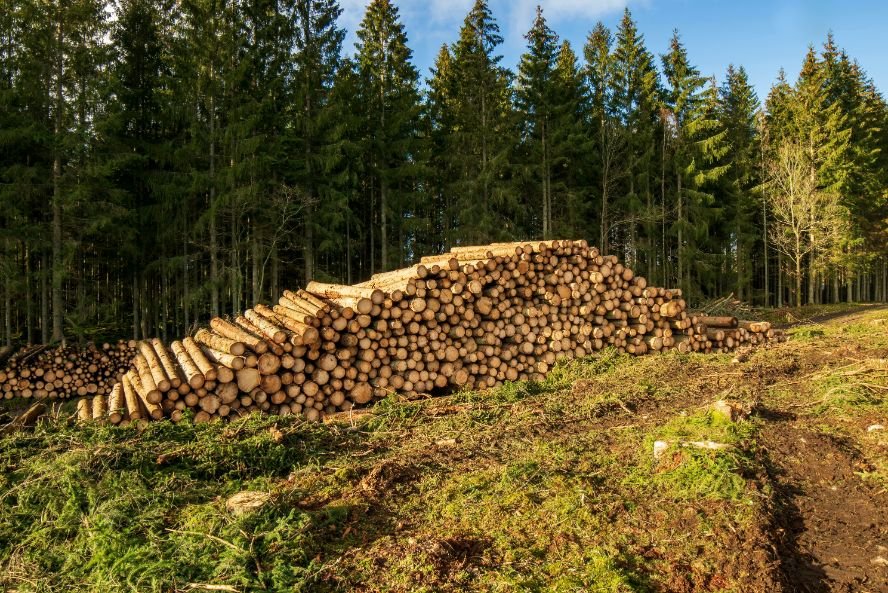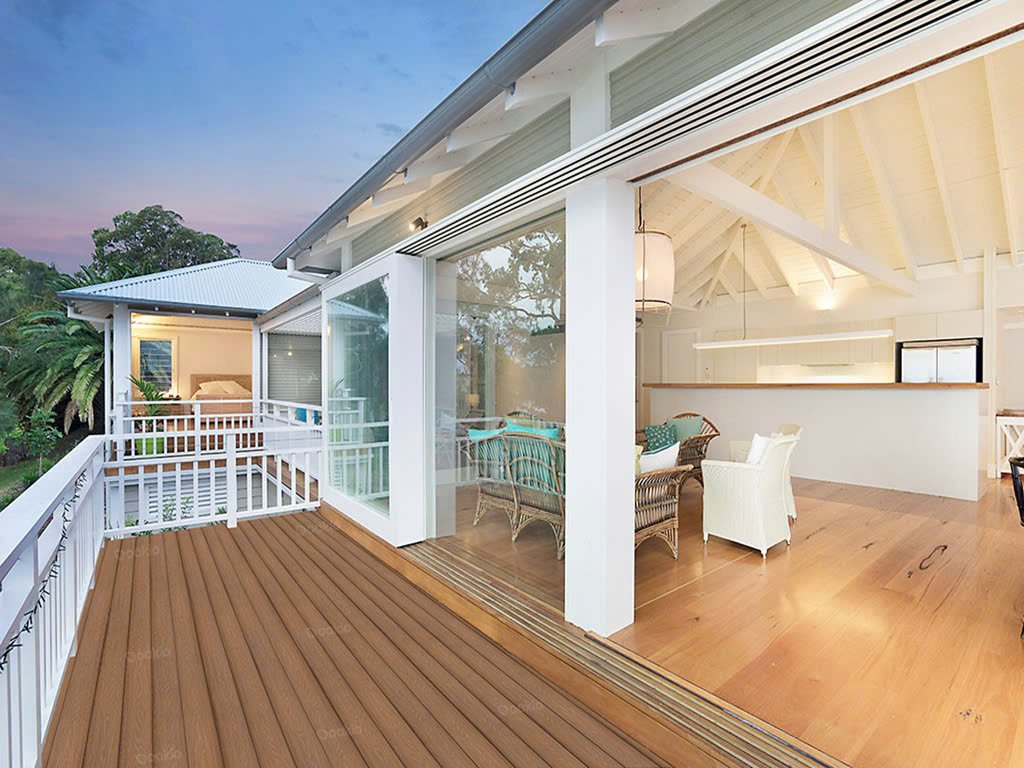Sustainable Timber Solutions for Eco-Efficient Buildings
Explore how sustainable timber offers strength, beauty, and energy efficiency—making it a top choice for eco-friendly construction projects.
A rising awareness of environmental issues has led to a significant shift in the construction industry. With the escalating effects of climate change, sustainability has become a primary focus. One of the most effective ways to promote eco-friendliness in construction is the use of sustainable timber. This natural material has aesthetic appeal and is a renewable resource that can significantly lower a building's carbon footprint. As urban centers expand and construction ramps up, the demand for sustainable building solutions, particularly timber, continues to grow.
The Benefits of Using Sustainable Timber
Sustainable timber offers a wide range of benefits that extend beyond its aesthetic qualities. The primary advantage lies in its renewable nature; timber is replenishable when harvested responsibly. Using timber as a construction material reduces reliance on non-renewable resources, such as concrete and steel. Studies reveal that timber structures can emit up to 60% less CO2 compared to their concrete counterparts.
Effective timber management practices ensure that forests are maintained, promoting biodiversity and preventing soil erosion. Sustainable timber contributes to energy efficiency in buildings. Its excellent insulation properties help regulate indoor temperatures, potentially leading to lower heating and cooling costs. Another compelling incentive for using timber is its capability to sequester carbon throughout its lifespan.
Types of Sustainable Timber
Different types of sustainable timber serve varied purposes in construction, each with unique characteristics. Softwoods, including pine and spruce, are commonly sourced from managed forests, making them ideal for various building applications. Their growth rate is relatively quick, allowing for renewable replacements within shorter cycles. Hardwoods, like oak and maple, offer density and durability, suitable for high-end finishes and furniture.
Engineered wood products, such as cross-laminated timber (CLT) and glulam, provide innovative solutions for structural needs. These materials are derived from smaller trees, minimizing waste while maximizing resource efficiency. In recent years, reclaimed wood has gained popularity, as it repurposes timber from older structures, conserving resources and incorporating unique aesthetics. Notably, environmentally responsible timber presents an opportunity for builders to source products while minimizing their ecological impacts. This versatility ensures that architects and builders have options that align with their sustainability goals without compromising quality or functionality.
Certifications to Look For
When selecting timber for construction, certifications serve as crucial indicators of sustainability. The Forest Stewardship Council (FSC) is one of the most recognized certification bodies, ensuring that timber comes from responsibly managed forests. The Sustainable Forestry Initiative (SFI) mirrors similar principles with a focus on continuous improvement in forestry practices. Certifications assure that products meet strict environmental and social standards.
It is vital to seek timber sourced from suppliers who hold certification, as it denotes a commitment to ethical practices and environmental stewardship. Timber without certification may lead to unintended market support for deforestation and ecosystem destruction. As consumers become increasingly conscientious about their choices, recognizing these certifications promotes transparency in the supply chain, fostering trust between manufacturers and customers.
Challenges in Sustainable Timber Sourcing
Despite its numerous benefits, sourcing sustainable timber poses several challenges. One of the primary concerns is illegal logging, which severely undermines sustainability efforts. Illegal practices deplete forests and disrupt local economies reliant on sustainable forestry. The lack of proper monitoring and enforcement exacerbates the issue.
Geographic disparities in the availability of sustainable timber can complicate sourcing efforts, particularly in regions where deforestation is prevalent. Quality assurance remains a challenge, as distinguishing between sustainably sourced and unsustainable timber can be notoriously difficult without appropriate certifications. Market demand for low-cost materials can tempt builders to opt for cheaper, unsustainable options.
Innovations in Timber Construction
As the demand for sustainable timber solutions grows, the industry has witnessed innovative approaches to timber construction. Advancements in technology have made it easier to fabricate and assemble timber structures efficiently. One promising direction involves employing prefabricated timber modules, which reduce on-site waste and enhance construction speed. Utilizing advanced engineering practices, architects now design taller timber buildings, breaking previous height limitations previously seen as solely achievable with steel and concrete.
Integrating smart technologies into timber design can vastly enhance energy efficiency, allowing for automated climate controls and monitoring systems. This presents exciting opportunities for individuals aiming to create buildings that are environmentally friendly and equipped for the future. The versatility and adaptability of timber as a building material keep it at the forefront of sustainable architecture, ensuring its lasting relevance in eco-efficient designs.
Case Studies of Successful Timber Buildings
Examining real-life applications of sustainable timber can provide insights into its benefits and viability. The Harvard University ArtLab is an example of a successful timber building that showcases its aesthetic and functional capabilities. This facility emphasizes community engagement while harmonizing with the surrounding environment. The use of locally sourced timber minimizes transportation emissions while supporting regional economies.
Another notable project is the Treet, a 14-story wooden residential building in Norway, distinguished as one of the tallest timber structures in the world. The building highlights engineering innovations and sustainable practices in urban settings. Hence, these case studies serve as reminders of the potential sustainable timber possesses in integrative and transformative architecture.
Sustainable timber solutions play a vital role in eco-efficient buildings, offering a wealth of benefits and opportunities. From understanding the various types of sustainable timber to recognizing certification standards, responsible sourcing remains essential. Though challenges exist, innovations within the industry continuously emerge, evidencing timber's relevance in construction. As more builders and architects commit to sustainable practices, the future of eco-friendly development looks promising.




